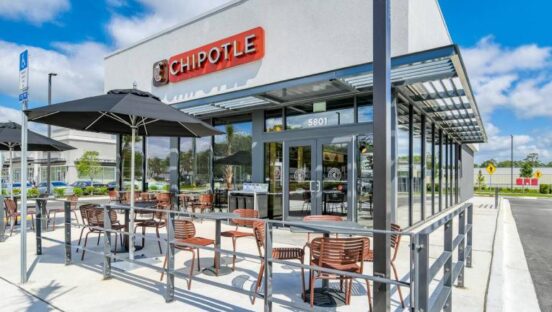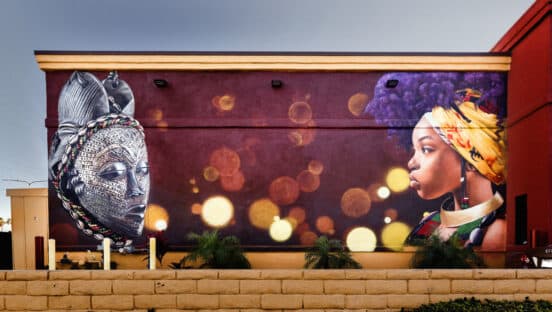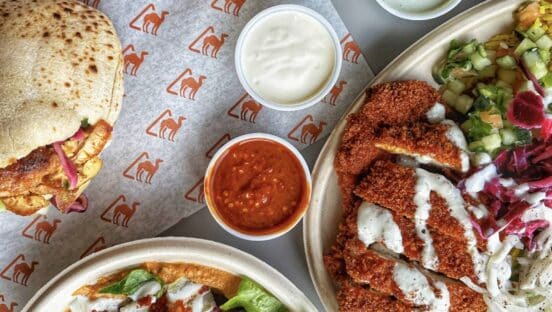
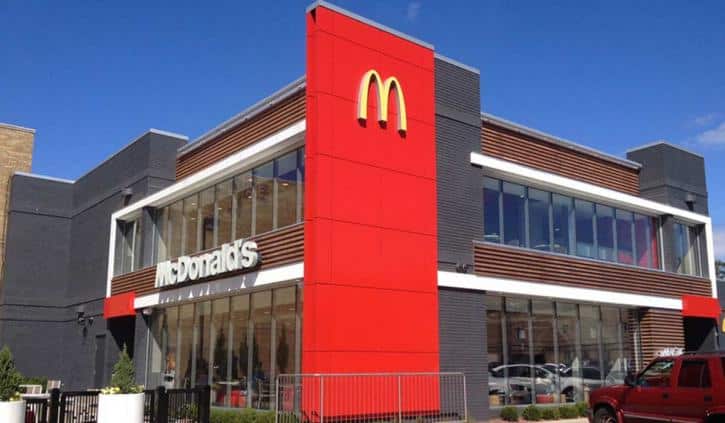
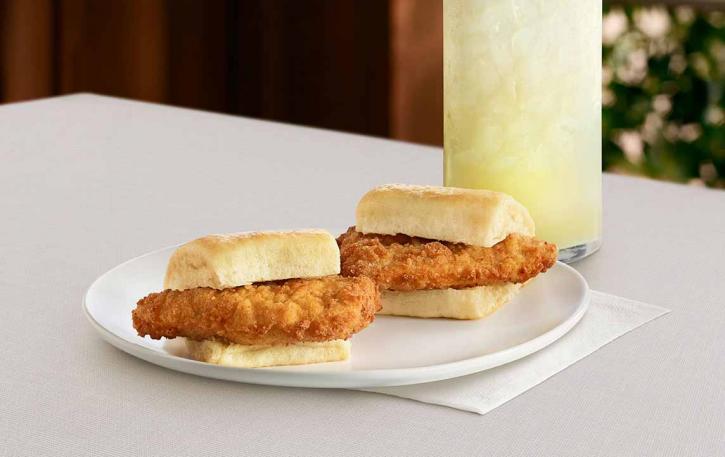

Location, location, location
With the rise of mobile as the main device to consume media, location marketing is a hot topic. Our phones are always with us, and marketers can use those location signals to deliver a better ad experience. It is forecasted that location targeting will grow to $38.7 billion by 2022.
Likely your restaurant is already taking advantage of location signals in one way or another. Here are three tips on how to you can get the best bang for your location bucks.
Not all visits are created equal
Ironically, a “visit” is one of the most ambiguous terms in location advertising. You would think that a visit is a recorded arrival at one of your locations, and that someone spends a reasonable amount of time there to indicate they bought your product. And, you also may expect that all publishers you work with have the same rules about how to record this so you can compare apples to apples. The truth is, a lot of publishers record a “visit” if someone merely passes through a geo-fence, which is a virtual perimeter around physical locations, or use the number of clicks on a “GO” button as a proxy for arrival
Tip: Use 1st party GPS data to ensure the user actually shows up at the exact location of your business. Additionally, dwell-time is key to layer on. For example, if McDonald’s knows it takes a minimum of 3 minutes to walk into one of their restaurants to order something to go, then they should set that as their minimum time spent in order to count as a visit.
Your conversion window matters
Let’s be honest. No one sees a Chick-fil-A ad, and then goes into one of their restaurants 27 days later because of that ad. However, many campaigns are using long conversion windows like 14 or even 30 days. This actually tends to deflate the impact of your best performing partners, because the visit count is “shared” by more publishers who were able to serve an ad to your audience during that lengthy window.
Tip: Really think about how your customers interact with your brand. For quick-serves, a conversion window of seven days is plenty. With people’s attention span at an all-time low, it may even be worth testing three-day windows, to see which publishers stand out in driving immediate urgency among your audience.
3. Location is king, timing is queen
Location is super important to the value of your message. If you are able to incorporate someone’s location into your strategy, that is usually a signal you would want to include. That said, timing is even more important. Without timing, location loses a lot of its relevance. Let’s say you are walking in the city and you decide to grab a bottle of water at 7-Eleven. Obviously that’s an important location signal. You then go about the rest of your day, and later that evening, as you are sitting on the couch reading about your favorite sports team, you see a 7-Eleven ad. Even worse, if that ad shows a deal on the beverage you purchased, you feel like you missed out and your previously perfectly normal experience in the store, turns into a negative one simply because the timing of the ad was off.
Tip: Work with publishers whose audience is engaging at a time where you know they are in planning mode, so they have the ability to incorporate you into their daily plan.
Bart Kloosterboer is the Vice President of Sales Strategy & Operations at GasBuddy, an app/website used by 12 million drivers every month to find their Perfect Pit Stop. Previously, he worked at Google building out Waze’s account management team for North America, and later managed a sales team as a Google Head of Industry.









